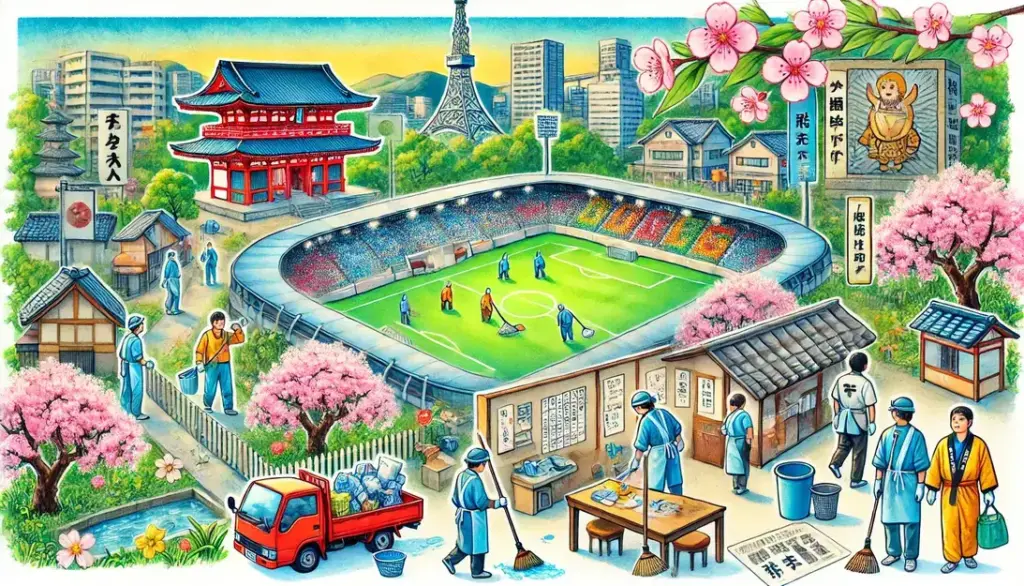Japan’s commitment to cleanliness is immediately clear to anyone exploring its streets or public spaces. This cultural value isn’t just about hygiene—it’s deeply woven into history, religion, and society. Rooted in practices like Shinto purification rituals and community cleanups, it reflects a shared respect for others and the environment. Whether it’s students cleaning schools or spotless public areas without trash bins, the culture of cleanliness in Japan is a remarkable blend of tradition and modern responsibility that continues to inspire the world.
In World Cup 2022, after their national team’s emotional victories over Germany and Spain, and even their loss to Costa Rica, Japanese fans have continued the celebration tradition by staying behind to clean up the trash at the stadium before leaving the venue to celebrate the victory.
Tidying up after one of their greatest #FIFAWorldCup wins 👏
— FIFA World Cup (@FIFAWorldCup) November 24, 2022
Huge respect to these Japanese fans 🙌 #Qatar2022 pic.twitter.com/RVwLwykPeq
Historical Roots of Cleanliness in Japan
Cleanliness in Japan isn’t just a habit—it’s a deep-rooted tradition that has evolved through centuries. From ancient practical measures to Edo-era sanitation, this cultural value has continuously shaped Japanese society.
Cleanliness Practices in Ancient Japan
Japan’s humid climate naturally demanded attention to hygiene. Dampness and heat create the perfect environment for bacteria and illness to thrive. In ancient times, cleanliness was a practical necessity, not just a preference. People believed staying clean was a way to avoid the grip of sickness.
This connection between cleanliness and health led to widespread bathing practices. Rivers, hot springs, and communal baths became essential to daily life. Additionally, Shintoism played a significant role. With its emphasis on ritual purity, practices like hand-washing and purifying oneself with water were ingrained into spiritual and social life. You can learn more about these rituals from Japanese Cleanliness: Japan’s Obsession with Tidying Up.
Influence of Edo Period Hygiene
The Edo Period (1603–1868) marked a turning point for Japan’s cleanliness culture. Hygiene practices during this era were far ahead of their time, often surpassing European standards. Streets were regularly swept, proper waste disposal were organized, and even recycling methods were common in cities.
Personal hygiene was also prioritized. Public bathhouses, or sento, flourished, offering affordable bathing options for everyone. Even human waste was collected and sold as fertilizer—a sustainable practice that highlights the Edo society’s resourcefulness. Western visitors during this period frequently noted Japan’s exceptional levels of cleanliness. For more insights into this significant era, check out Advanced Public Sanitation in 17-19th Century Japan.
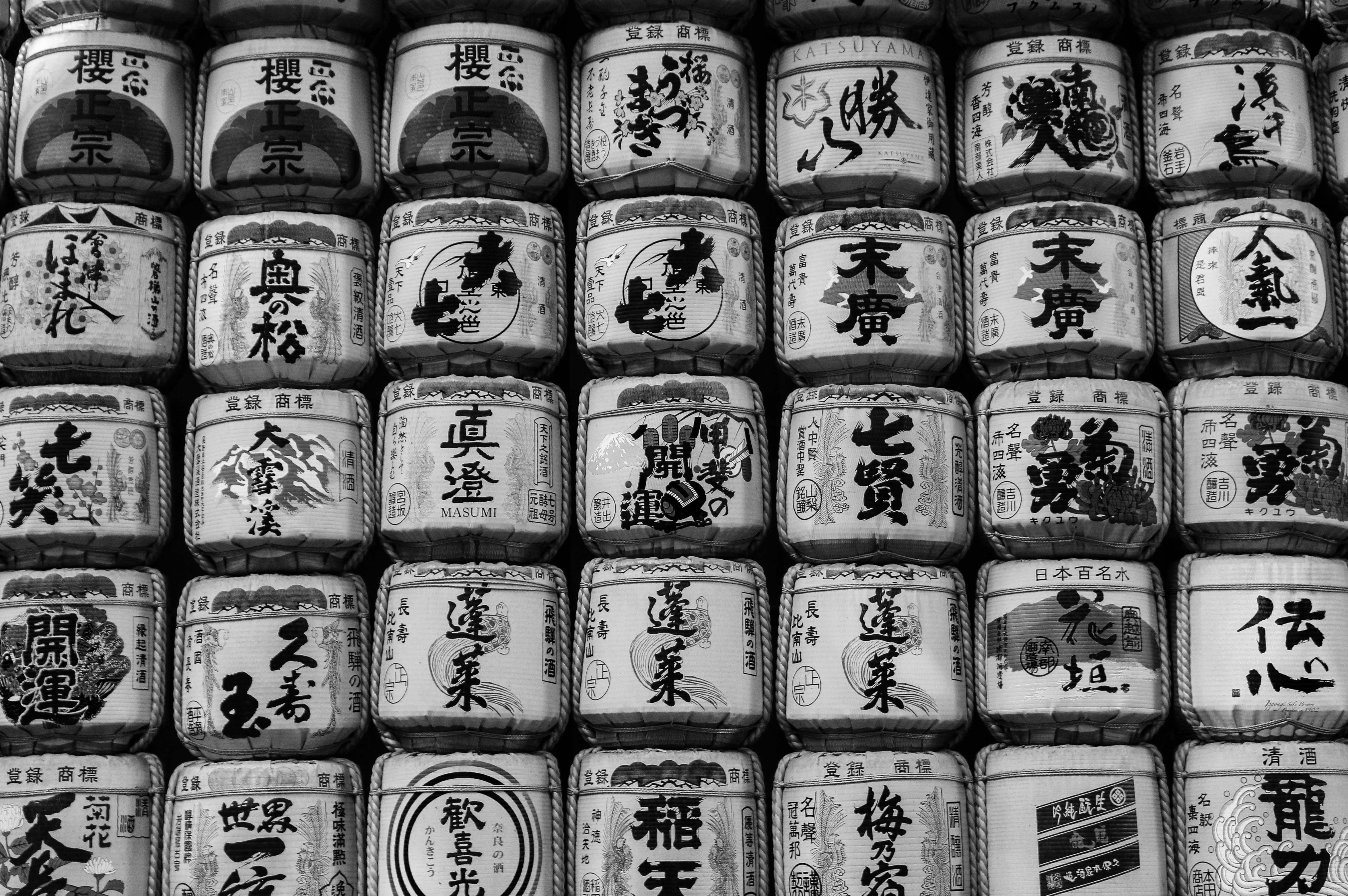
Photo by Kassandre Pedro
Evolution Over Centuries
As Japan transitioned through modernization in the Meiji and later periods, its cleanliness traditions evolved. Industrialization and urbanization brought challenges, yet the emphasis on hygiene remained strong. Public health campaigns in schools and communities educated citizens on hand-washing, sanitation, and disease prevention.
Even in modern times, Japan’s cleanliness practices have adapted to current needs. For instance, the use of masks during flu seasons is a perfect blend of ancient values with contemporary understanding. To explore the cultural importance and historical context, The Long History of Japan’s Tidying Up provides an excellent overview.
Cleanliness in Japan is more than a habit; it’s an enduring reflection of its history, culture, and spirituality. It’s a testament to how an ancient necessity turned into a modern philosophy, creating an inspiring “culture of cleanliness” that continues to influence not only Japan but also the world.
Cultural and Religious Influences
Cleanliness in Japan stems from a unique blend of cultural, spiritual, and religious practices. These influences, deeply rooted in Japan’s identity, shape everyday habits and major traditions alike, making the “Culture of Cleanliness in Japan” a way of life.
The Shinto Concept of Purity
Shintoism places a high value on ritual purity, emphasizing the removal of kegare, meaning impurity or spiritual pollution. This belief is woven into daily rituals that connect individuals to nature and the divine. Impurities are thought to disturb harmony, making purification not just an act but a moral responsibility.
Common practices inspired by Shinto include washing hands and rinsing the mouth at shrines, known as temizu. These acts, though simple, symbolize cleansing the body and mind before entering sacred spaces. Even beyond religious settings, this respect for purity permeates daily life. Schools, homes, and public spaces are maintained as a reflection of this spiritual discipline.
For those interested in learning more, Exploring the Concept of Kegare in Shinto and Buddhism dives deep into these purification practices.
Buddhism and Zen Principles
In Japan, Zen Buddhism gives profound meaning to cleaning. To Zen practitioners, tidying one’s surroundings is akin to tidying the mind. It’s more than removing dirt—it’s a path to mindfulness and self-discipline.
Buddhist monks integrate cleaning into their routines as a meditative practice. They clean temples as an offering, using sweeping and scrubbing as a method for achieving clarity and appreciating the present moment. You can think of this as aligning your physical environment with your mental state, like restoring balance in a room to inspire peace within yourself.
The value of cleaning goes beyond religious confines. It’s a cherished principle that inspires everyday practices, from household chores to office spaces. Want to explore this further? Take it from me, a Buddhist monk: cleaning is good for you offers unique insights into how the act of cleaning nurtures both mind and spirit.
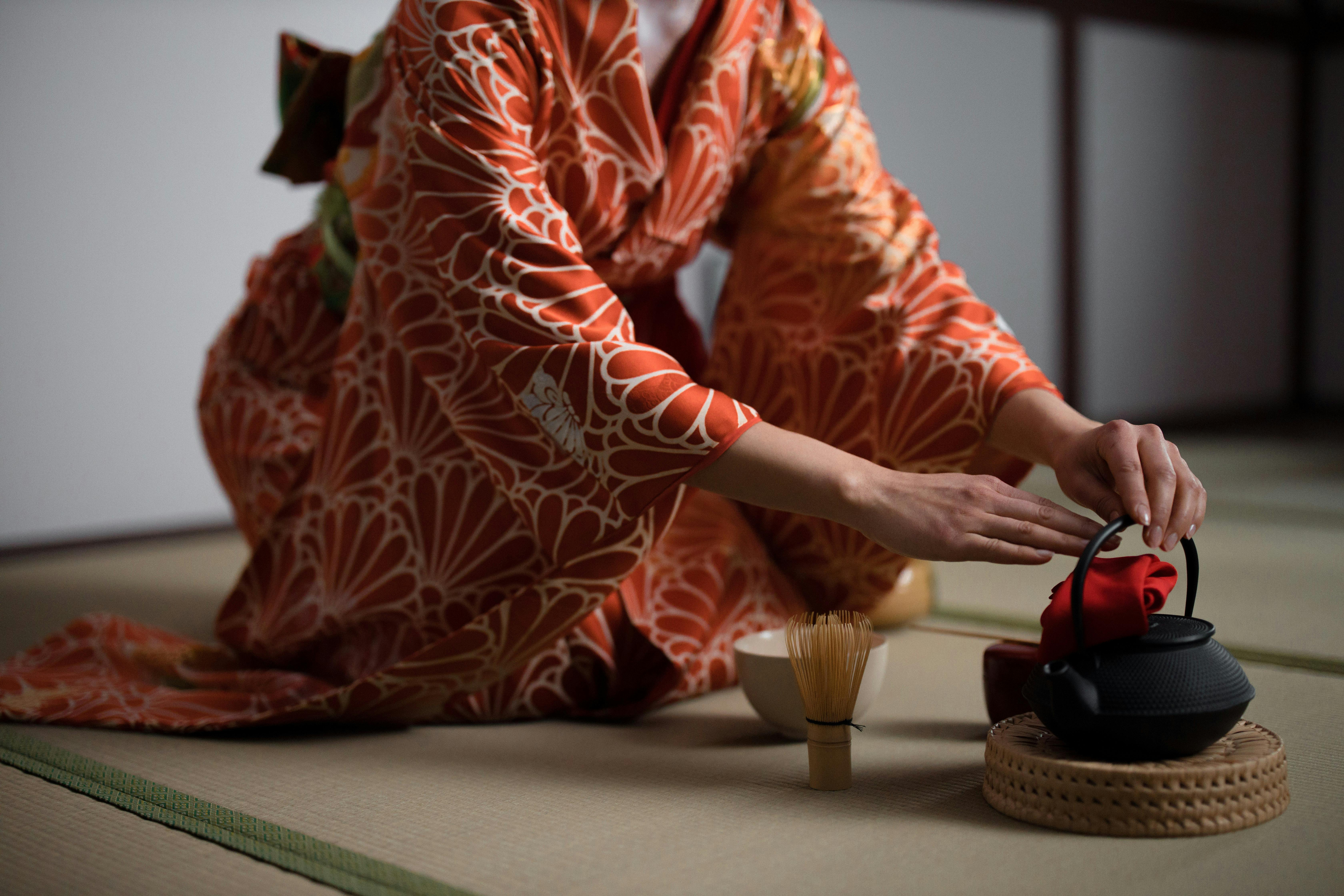
Photo by cottonbro studio
Ohsoji: The Year-End Cleaning Ritual
Ohsoji, or the “big cleaning,” is an annual tradition with roots in both Shinto and Buddhist practices. Performed at the end of December, it serves as an opportunity to start the New Year fresh, both spiritually and physically. Families, schools, and businesses come together to clean every nook and cranny. But this isn’t just about tidiness—it’s also about driving away bad luck and misfortune.
Symbolically, Ohsoji clears out old energies, making room for blessings. It’s a lot like hitting the reset button, ensuring that the upcoming year begins with a positive, purified foundation. This cultural practice is so universally embraced that you’ll find homes, shrines, and even city streets undergoing a makeover during this period.
Curious about the deeper significance of Ohsoji? Check out New Year’s Cleaning Tradition in Japan: A Fresh Start for the Year Ahead.
In every aspect of Japanese life, from religious rituals to annual traditions, cleanliness isn’t merely a practical concern—it’s a spiritual and cultural expression. That’s why Japan’s emphasis on cleanliness resonates so strongly with those who experience its culture.
Daily Practices Embodying Cleanliness
Cleanliness in Japan isn’t confined to one domain; it threads through schools, homes, and neighbourhoods. This approach ensures a personal and communal commitment to keeping spaces clean and harmonious. Below are key daily practices highlighting how this cultural value manifests in everyday life.
School Cleaning Activities
In Japan, there are no janitors in schools. Instead, students take responsibility for cleaning their classrooms, hallways, and even bathrooms. These tasks fall under a practice called ojiro, aimed at instilling a sense of duty and care from an early age.

Students work in teams, dividing chores and using basic tools like brooms, mops, and cloths. Whether it’s scrubbing desks or tidying corridors, this daily activity fosters teamwork and mutual respect. Doesn’t it make sense that this practice teaches kids how shared spaces belong to everyone and should be maintained with pride?
Schools focus on more than tidiness by engaging students in cleaning duties. They cultivate personal accountability and empathy. For further reading, visit About Japanese Students Cleaning Their Schools.
Community Cleanup Initiatives
Local neighborhoods regularly gather for organized cleanup events, known as gomi hiroi (picking up trash). These initiatives are crucial for keeping streets, parks, and rivers spotless. They’re often led by volunteers, families, or local organizations, emphasizing the value of shared spaces in creating a positive living environment.
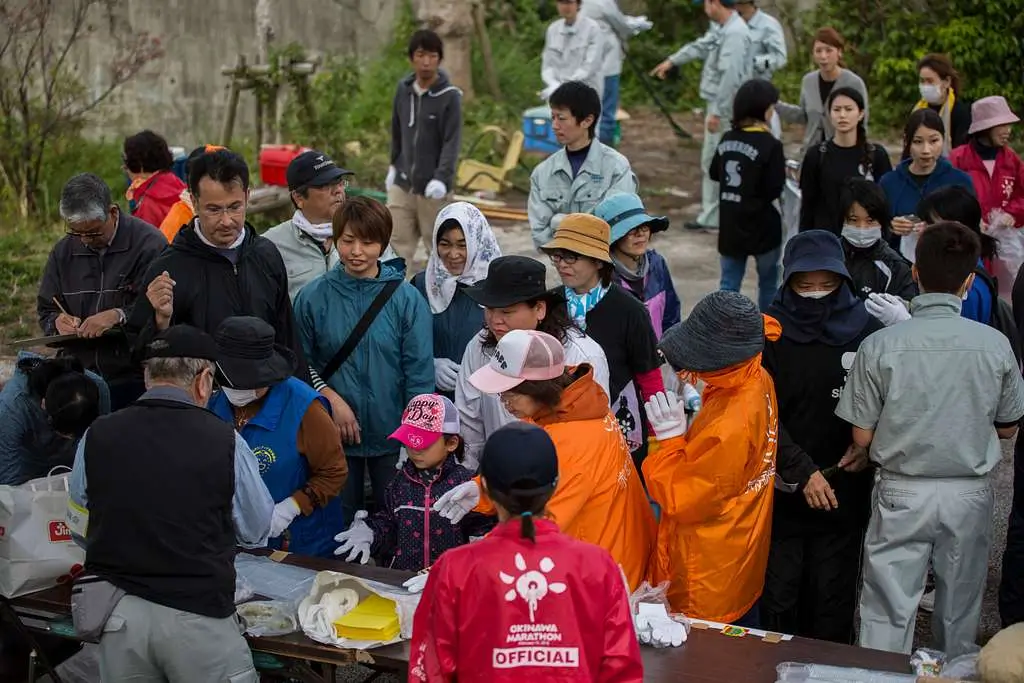
From schoolchildren to retirees, people of all ages participate. It’s common to see groups with gloves and trash bags, collecting litter while turning the activity into an opportunity for social interaction. Sometimes, companies also join these efforts as part of corporate social responsibility.
The impact? Not only are neighborhoods cleaner, but there’s also a stronger sense of belonging and unity. To understand more about how this ethos plays out, check out Community Cleaning Activities in Japan.
Shoes Off Tradition
In Japan, removing shoes before entering a home is second nature. This practice isn’t just about cleanliness—it reflects a deeper respect for living spaces. When you remove your shoes, you leave behind dirt and impurities from the outside world.

Most homes have a genkan, a small area where shoes are shed before stepping into other rooms. The tradition extends beyond residences too. Travelers will notice this rule in certain public restaurants, traditional inns (ryokan), and tea houses. Socks or indoor slippers replace outdoor footwear, ensuring the indoor floor remains pristine.
Why is this significant? Imagine trying to maintain a clean floor while bringing in mud or dust—it’s easy to see why this thoughtful rule matters. Learn more about the cultural significance via Etiquette Guide: Why Do You Take Off Your Shoes in Japan?.
By incorporating these everyday practices, Japan reinforces how essential cleanliness is to a harmonious life. It’s not just about wiping floors or picking up trash—it’s about creating respect for both personal and shared spaces.
Public Displays of Cleanliness
Cleanliness in Japan isn’t limited to private spaces — it’s a value that extends into every facet of public life. From the high-speed Shinkansen trains to bustling festivals, the dedication to cleanliness leaves a lasting impression on visitors. Here are some ways Japan exemplifies its public commitment to order and hygiene.
Shinkansen Train Cleaning Rituals
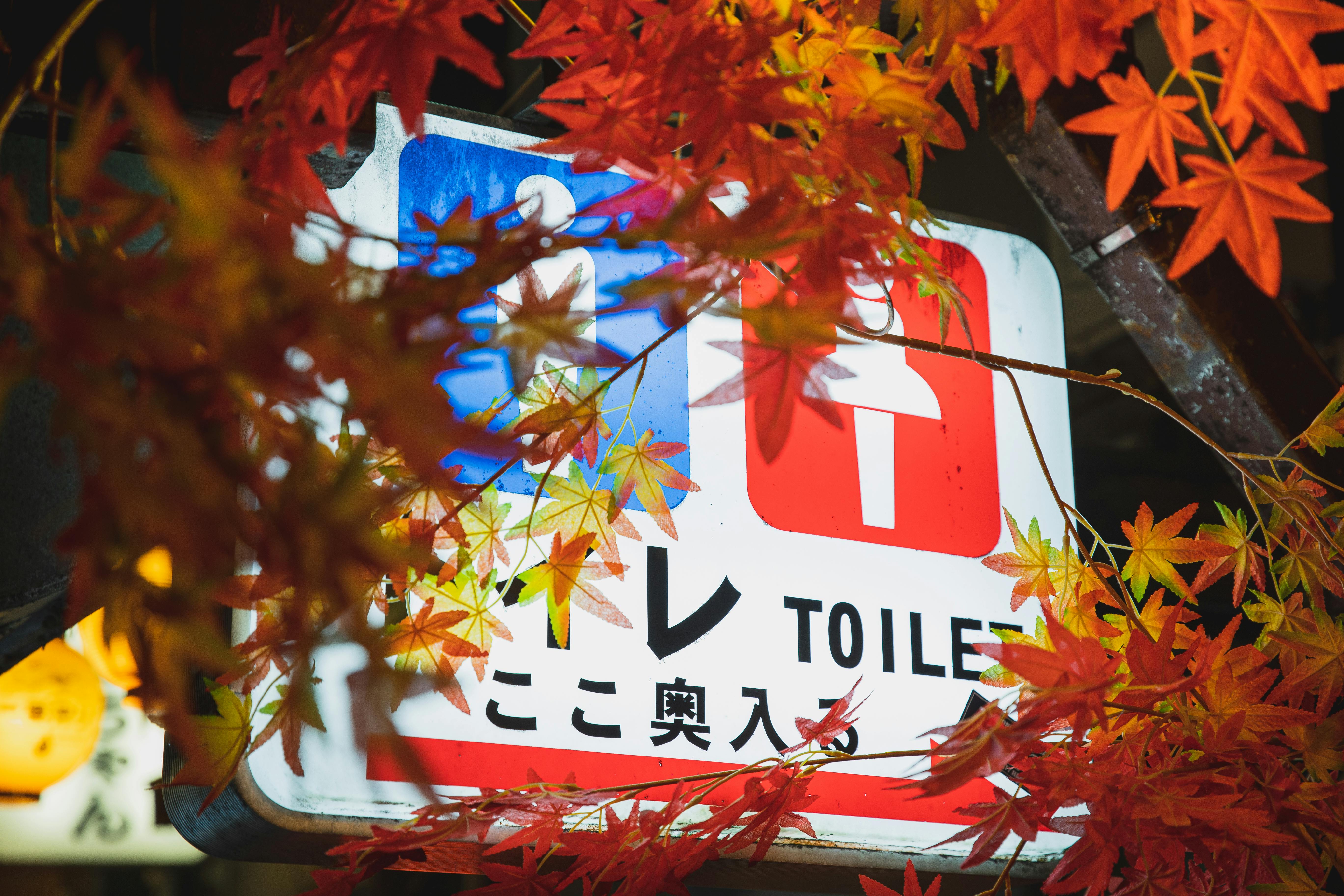
Photo by Ryutaro Tsukata
Imagine this: a team of cleaners, often referred to as the “Shinkansen cleaning crew,” has just seven minutes to turn over a full train. In this brief time, they collect trash, rotate seats to face the direction of travel, and ensure the interiors sparkle. It’s choreographed like a dance — efficient, precise, and synchronized.
What makes this ritual even more amazing is not just the speed but the pride taken by the staff. They greet passengers with bows upon entering and leaving, underscoring respect for both their work and the passengers. This attention to detail earned the process the nickname “the seven-minute miracle.”
If you’d like to dive deeper into how these cleaning ninjas operate, visit The 7 Minute Cleaning Miracle.
Absence of Trash Bins
Walking the streets of Tokyo or Kyoto, you might notice the surprising lack of public trash bins. Yet, the streets remain immaculate. How? It’s all about personal responsibility. Japanese citizens are accustomed to carrying their trash home or disposing of it at designated locations.
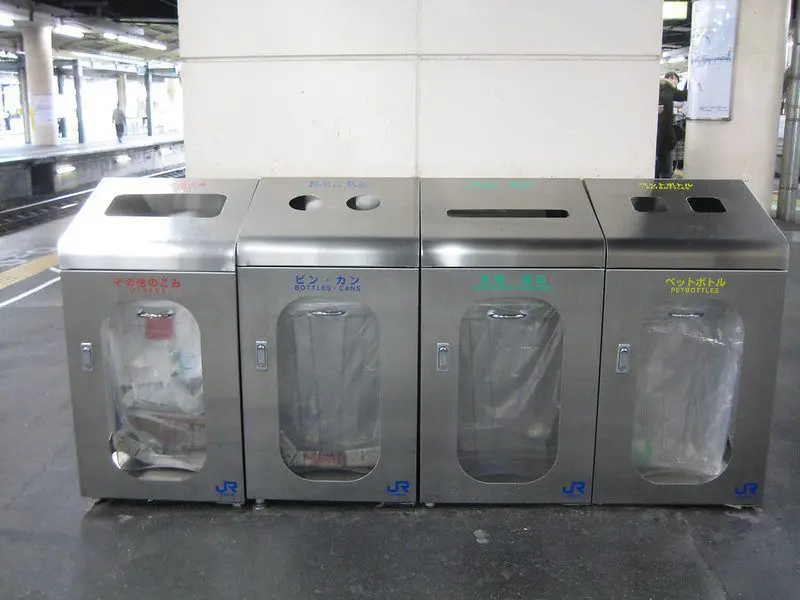
This habit stems from both cultural values and practical measures. After a 1995 terrorist attack involving a trash bin, many public bins were removed for security reasons. Over time, people adapted. Nowadays, Japan’s detailed waste management systems and community-conscious attitude ensure that littering is almost non-existent.
Tourists are often amazed at the self-discipline required to keep personal waste until a proper disposal area is found. For more insights on this fascinating habit, take a look at 4 Reasons Why There Are No Rubbish Bins in Japan.
Cleanliness During Festivals and Events
Large gatherings in many countries can leave public spaces looking like post-apocalyptic scenes. In Japan, the story is quite different. From sports matches to traditional festivals, attendees share a collective responsibility to leave venues spotless.
Take Japanese soccer fans as an example. During world cup tournaments, they’ve become famous for staying back after games to clean up the stands, armed with trash bags. Similarly, during festivals like the Gion Matsuri, organizers and attendees proactively manage waste by employing eco-friendly bins and staffed clean-up crews.
Why does this matter? It’s a reflection of the “culture of cleanliness in Japan,” where even moments of celebration are infused with respect for shared spaces and the environment. Check out how festivals are embracing even more eco-consciousness in Japanese Festivals Take a Step Toward Zero Waste.
Public displays of cleanliness are not just gestures; they are ingrained habits that represent Japan’s ethos of shared responsibility and consideration for others. Clean spaces don’t just happen—they’re curated through effort and respect.
Modern Influences on Cleanliness Culture
The cultural significance of cleanliness in Japan has stood the test of time, but recent events and evolving lifestyles have brought new dynamics into the picture. Here’s how modern influences are shaping this enduring tradition.
Impact of the COVID-19 Pandemic
The COVID-19 pandemic underscored hygiene’s importance worldwide, and Japan’s approach provided a framework for many nations. Even before the pandemic, Japan embraced measures like wearing masks and regular handwashing as societal norms. These habits, deeply ingrained in the nation’s culture, meant that adapting to pandemic precautions was almost seamless.
During the crisis, new practices emerged, like contactless payment systems and disinfectant stations at building entrances. Schools initiated widespread hand sanitation protocols, and home cleaning routines became even more meticulous. The emphasis on cleanliness wasn’t just about personal safety—it showed Japan’s consideration for community welfare.
However, the pandemic brought more than temporary changes. It has likely set the stage for lasting hygiene developments. Now, public spaces are designed with social distancing in mind, and platforms promoting self-regulated cleanliness have grown in importance. It’s an evolution blending traditional responsibility with modern awareness. To explore this further, check out Japan’s Hygiene Culture Revisited or Japan’s Public Health and Culture Amid COVID-19.
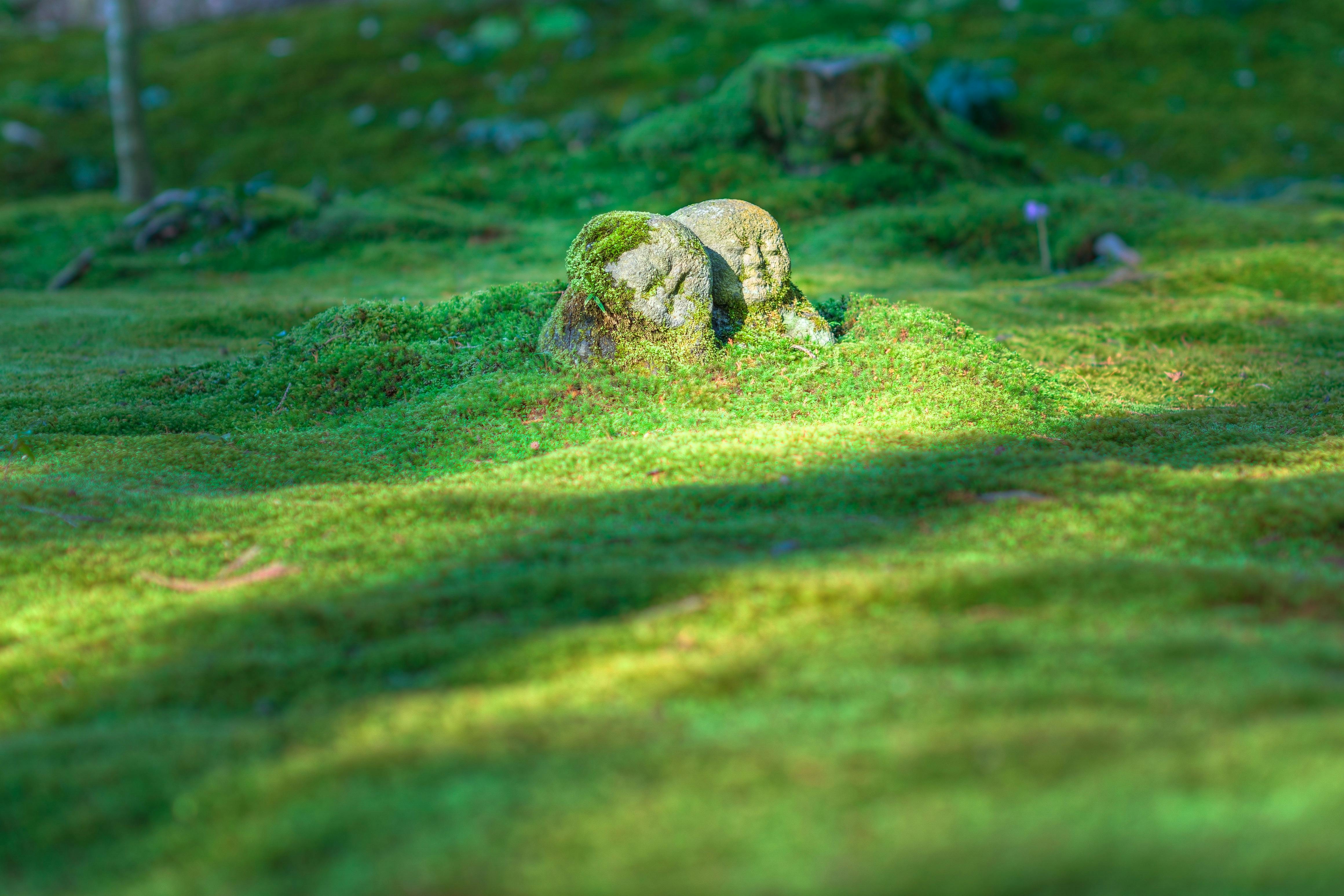
Photo by Pixabay
Declining Traditional Practices
Traditional cleaning rituals like ohsoji, the end-of-year deep cleaning, remain deeply symbolic. However, today’s fast-paced lifestyle and urbanization are altering their role in everyday life. Younger generations, overwhelmed by demanding schedules, often downscale the intensity of such practices. For some families, professional cleaning services have even replaced the communal effort.
Yet, this doesn’t mean these traditions have lost their value. Many households still take part in smaller-scale versions of ohsoji to honor its spirit. Cultural leaders and organizations also run awareness campaigns to keep these rituals alive, ensuring their relevance in modern contexts.
While traditional practices face some decline, they continue to hold symbolic weight, acting as bridges between generations. Interested in how these customs are adapting over time? Refer to The Long History of Japan’s Tidying Up for insights.
Changes in cleanliness culture reflect Japan’s ability to balance its collective spirit with evolving societal needs. Modern influences don’t erase traditions—they add new dimensions, keeping this unique culture both relevant and inspiring for generations to come.
Philosophy Behind Cleanliness
Cleanliness in Japan isn’t just an act; it’s a mindset deeply entrenched in values of harmony, respect, and sustainability. This philosophy transforms everyday actions, like tidying or disposing of waste, into meaningful practices. The emphasis isn’t just external—it’s about keeping both your surroundings and spirit clutter-free.
Harmony and Respect for Others
Cleanliness in Japan is as much about community as it is about personal responsibility. The simple act of keeping shared spaces pristine speaks volumes about mutual respect. A tidy area minimizes disturbances and fosters an environment where everyone can feel at ease.
Think about it this way: when you step into a clean train or a spotless park, doesn’t it create a sense of peace? You’re less likely to feel stressed in a well-maintained space. This clean ethos inherently ties into maintaining societal harmony by reducing chaos and ensuring everything flows smoothly.
It’s also about making life easier for others. For example, Japanese citizens routinely clean up after themselves at public events like festivals or sports games. This effort reflects a strong sense of care, ensuring everyone can enjoy the environment equally. Cleaning becomes less of a chore and more of a collective expression of respect.
To understand more about the depth of these practices, check out Japanese Cleanliness: Japan’s Obsession with Tidying Up.
Connection to Minimalism and Mottainai
Minimalism in Japan intertwines closely with the concept of cleanliness. A clutter-free space is easier to maintain and reflects a mindset that values simplicity and balance. This connection is further amplified by mottainai, a traditional Japanese term that expresses regret over waste.
Mottainai isn’t just about throwing things away; it’s about appreciating the life and purpose of objects. When people preserve and care for their belongings, cleanliness naturally follows. Less clutter means less waste, creating a cycle of respect for both the environment and resources.
For example, a broken item isn’t immediately disposed of—it’s repaired and reused. This stands opposite to today’s “throwaway culture.” Items are cleaned, treated with care, and given extended life, embodying the spirit of sustainability.
Curious how mottainai shapes daily life in Japan? Read Mottainai: A Japanese Philosophy of Waste to learn about this no-waste ideal and its cultural significance.
Cleanliness in Japan is more than an aesthetic—it’s a carefully cultivated expression of respect, harmony, and gratitude. It’s about weaving care into the very fabric of everyday life, all while nurturing a sustainable future.
Conclusion
Japan’s culture of cleanliness stands as a remarkable fusion of tradition, respect, and modern innovation. It’s not just about hygiene—it’s a mindset rooted in collective care, spiritual values, and sustainability.
Whether through traditions like year-end ōsōji, self-discipline in public spaces, or cutting-edge technologies, this cultural approach shapes daily life. It showcases a harmonious balance between honoring the past and addressing contemporary needs.
Let Japan’s example inspire you to see cleanliness not as a chore, but as an opportunity to nurture community, mindfulness, and positive change. What small steps can you take to create the same harmony in your space?

